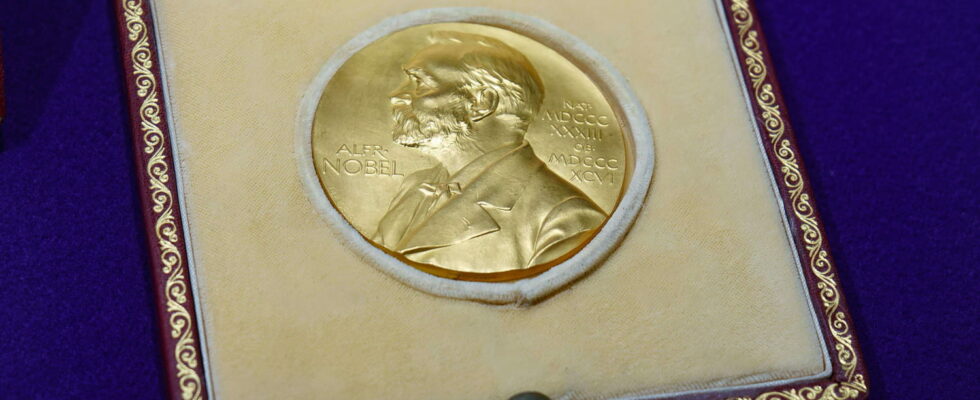Women are often underrepresented among Nobel Prize winners and we now know why.
The Nobel Prizes are awarded every year at the beginning of October in Stockholm, starting with medicine, physics and chemistry. Then come consecrations in literature, for peace and for economic sciences. An awards ceremony takes place every December 10, the anniversary of Alfred Nobel’s death.
If hundreds of candidates are in the running, for example 286 for peace for the 2024 year, a CEPR study (Center for Economic Policy Research) looked at the family background of all scientific winners since the prizes were awarded. First observation: they often come from very wealthy families. “The average recipient grew up in a household in the 87th to 90th percentile of the wealthiest,” the study assures. Half of them then have a father who is or was at one time part of the 5% of the population with the highest incomes in his country. The most recurring professions are those of doctors, teachers, engineers or business leaders.
According to the study of Naturethe average age of the winners is 58 years old and they mainly come from the United States (54% of the prizes were awarded to Americans). You also often have to wait a good twenty years to see your innovative work rewarded.
Women underrepresented, especially in science
Inequalities of opportunity are especially noticeable for women. To date, only around sixty have received the grail compared to nearly 900 men. Despite progress in recent years, more than half of the women’s Nobel Prizes date from after the 2000s; last year, only four women were awarded compared to seven men. Women have also received more prizes in literature (14.2%) and for peace (17.1%), than in sciences (26 prizes, or 2.2% in physics, 3.2% in economics, 5.7% in medicine). Only Marie Curie, the first woman to be awarded, won two Nobel Prizes.
This observation results from many years when women had great difficulty accessing scientific careers. Even today, there are fewer women in positions of responsibility. A disproportion still exists in the female presence in scientific fields, giving them statistically less chance of being chosen.
Another reason, to say the least deplorable: women also often have to share their prize, this is what we call the Mathilda effect, which refers to a recurrent minimization of women’s contributions in research. Nobel committees are also predominantly made up of men, with barely more than a quarter of the jury being women. In 2019, a study concluded that 96% of the inequality in the distribution of prices by gender is due to “the existence of a gender bias against women”. Proof that even among Nobel scholars who are more aware of structural inequalities between men and women, there is still a lot of work to be done…
